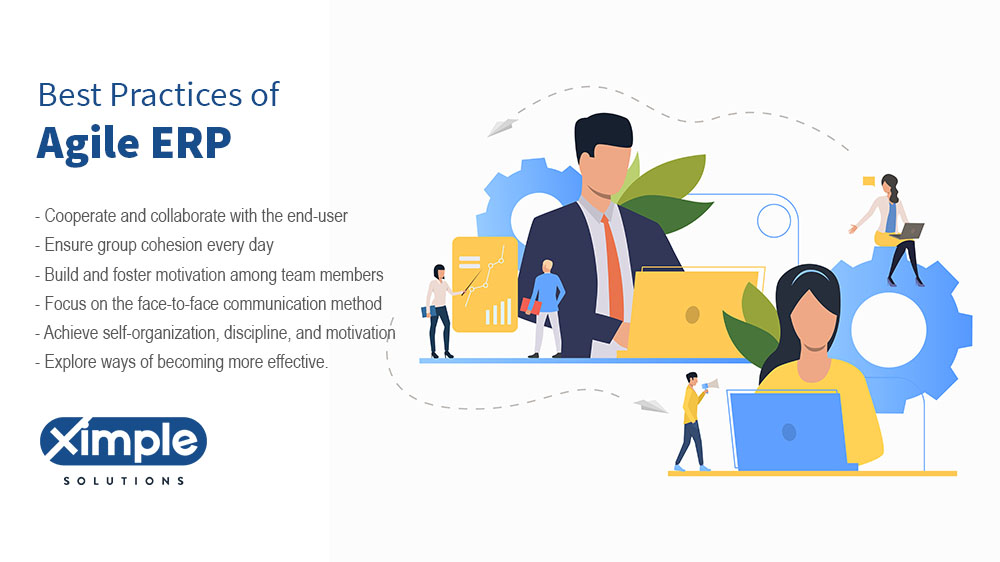
What is Agile ERP? Implementation & Benefits
This article is intended for individuals and organizations interested in learning about Agile methodology in Enterprise Resource Planning (ERP) implementation. It describes the characteristics of Agile ERP, best practices, implementation steps, benefits, critical success factors, and frequently asked questions. The article highlights that the Agile ERP deployment strategy is popular due to its reliability, fast […]
Read More
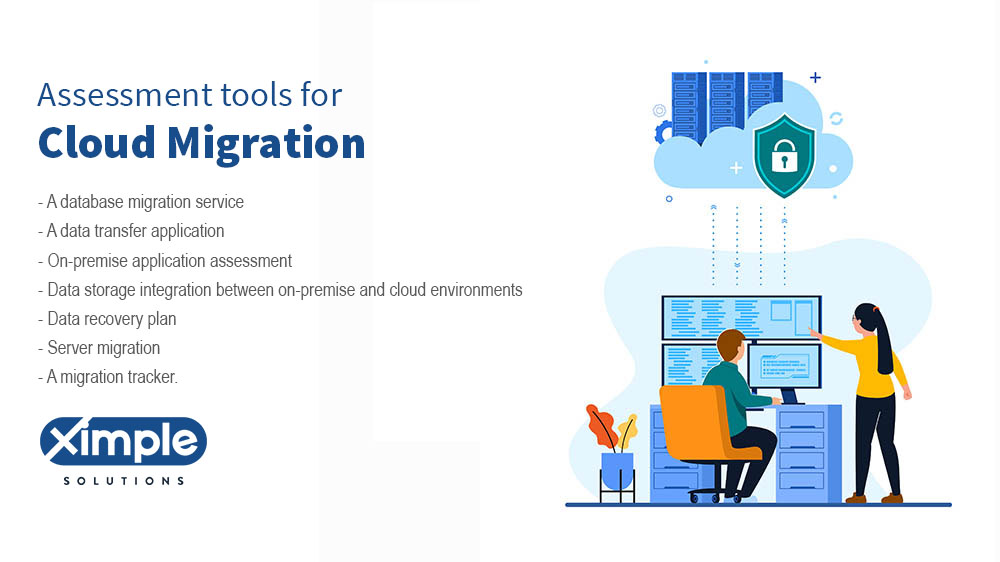
What is the Cloud Migration Process?
This article provides information on the cloud migration process. The target audience is companies looking to shift their IT resources and applications to the cloud. The article explains different cloud migration deployment models and considerations that should be taken into account before executing the cloud migration process. The article also provides information on cloud migration […]
Read More
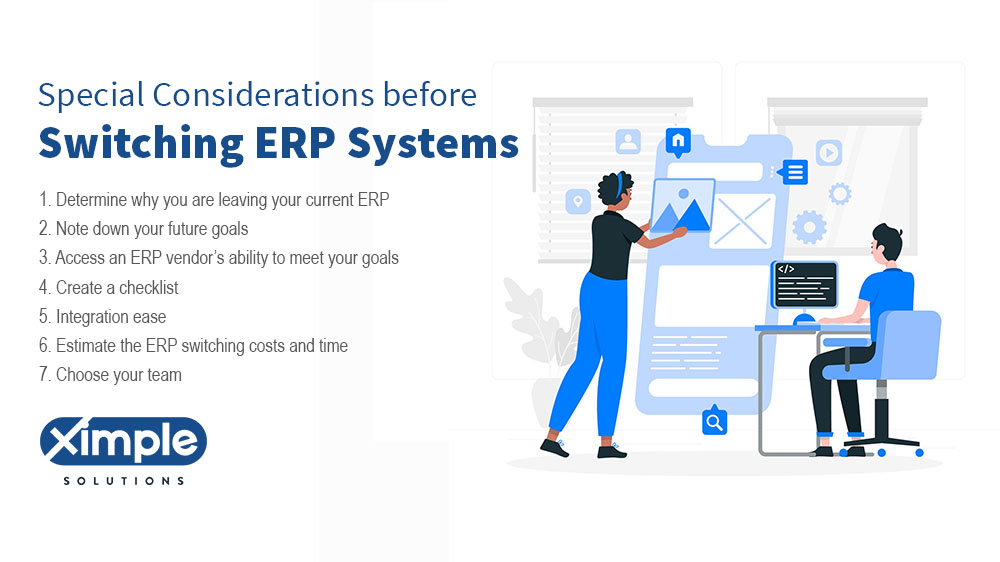
Switching ERP systems
This article is intended for anyone considering switching their enterprise resource planning (ERP) software. It provides an in-depth discussion of the special considerations before switching, challenges that may arise, and the benefits of switching to cloud-based ERP systems. The article also includes an ERP selection process and implementation tips. Are you thinking of changing your […]
Read More
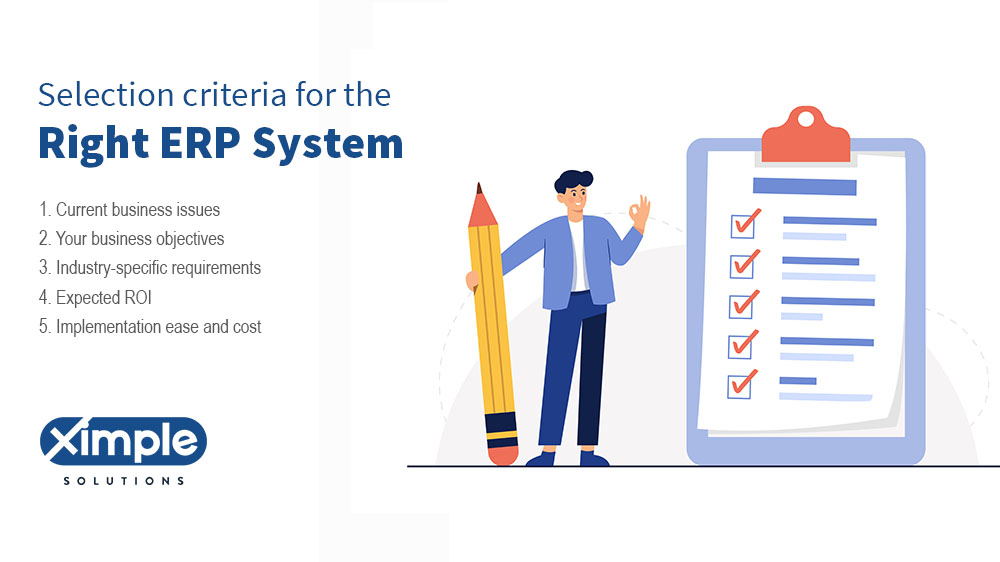
How to Select The Right ERP System?
This article is relevant for businesses that are facing issues with productivity, high operation costs, poor scheduling and planning, and lack of growth. It provides information on how to select the right ERP system for their organization, including types of ERP systems, an ERP requirement list, and selection criteria for the right ERP system. The […]
Read More
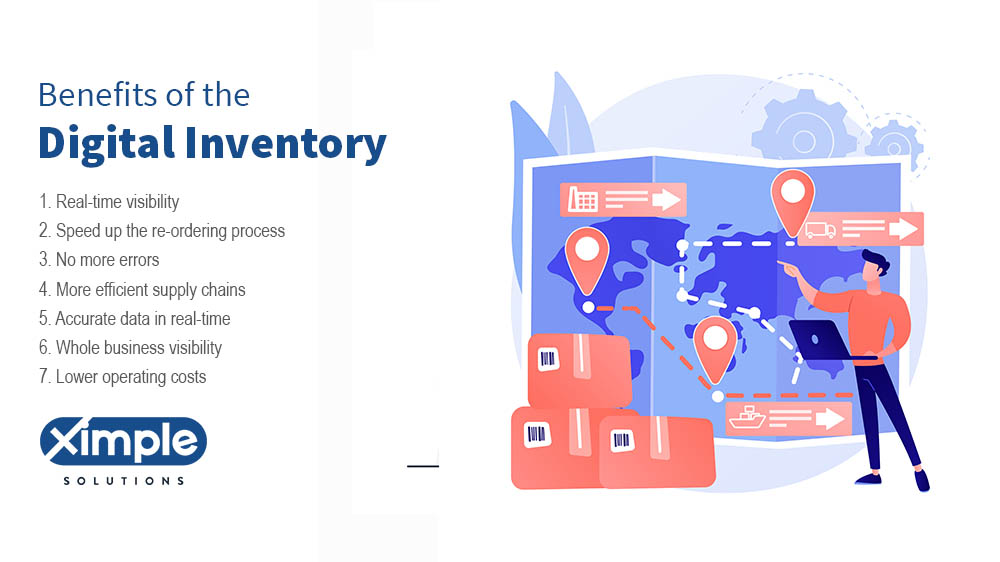
Why is Digital Inventory essential to drive up profitability?
This article is relevant for small and medium-sized businesses that are looking to optimize their inventory management processes. The article discusses the importance of digital inventory and the benefits of using inventory management technology, such as real-time visibility, speedier re-ordering, and more efficient supply chains. The article also explores the challenges of digital inventory management, […]
Read More
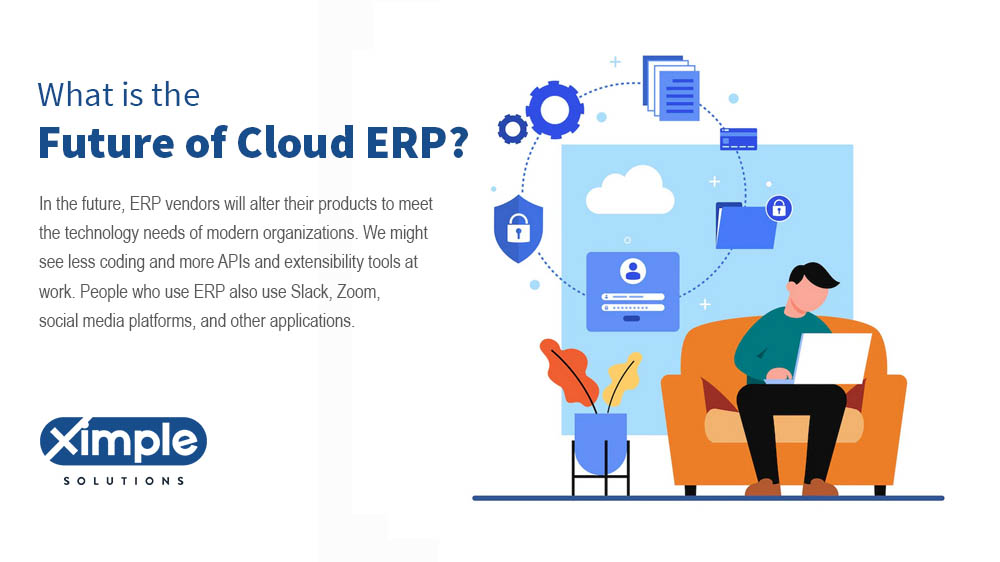
What is the Future of Cloud ERP?
This article is relevant for anyone interested in learning about cloud ERP and its benefits, challenges, and future trends. It discusses the advantages of running ERP on the cloud, the different types of cloud-based ERPs, and the implementation process. The article also covers the challenges of cloud ERP adoption and how the ERP industry is […]
Read More









